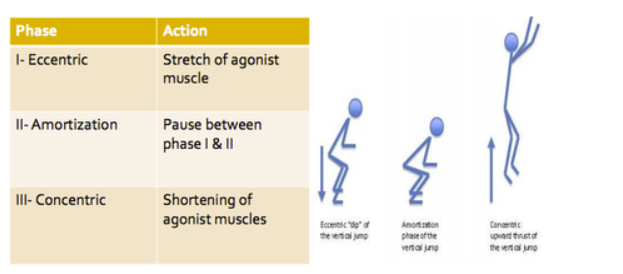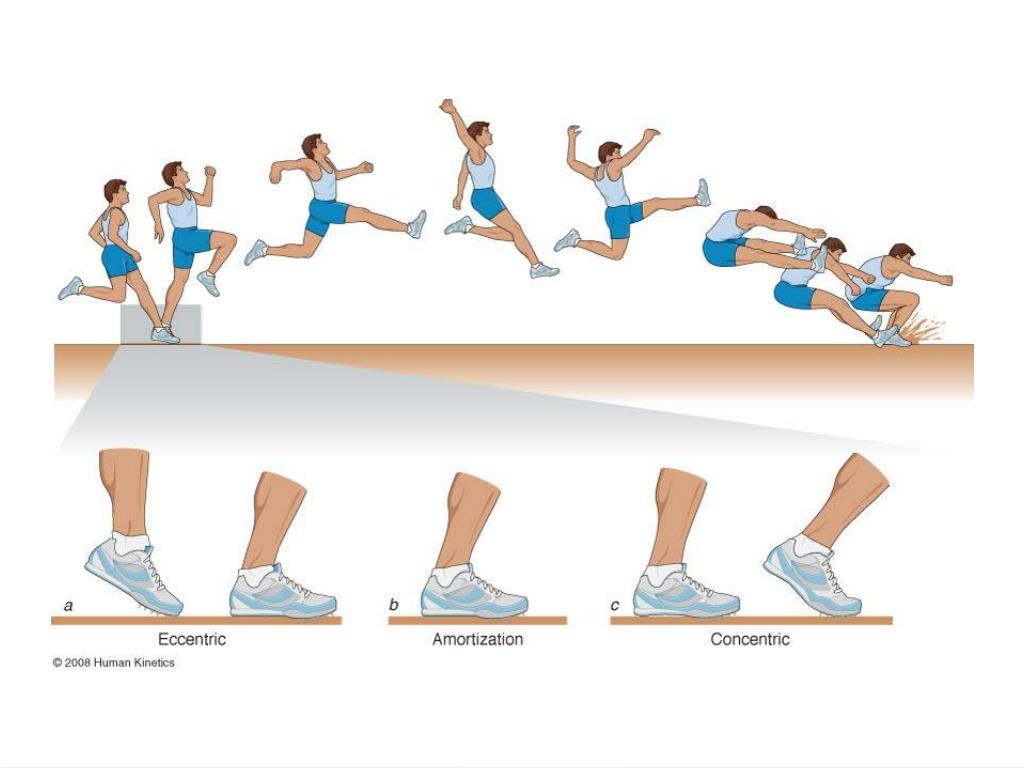As athletes, regardless of the level or the sport we engage in, the quest for better performance is constant. Whether it’s achieving faster sprints, higher jumps, or more forceful hits, power plays a pivotal role in elevating athletic abilities. Power training, a facet of strength and conditioning, can significantly enhance an athlete’s capabilities in various sports. Let’s delve into the dynamics of power training and how it can transform your athletic prowess.
Introduction
Power is the quintessence of athletic performance. It defines the ability to exert force swiftly, a crucial factor for excelling in any sport. Whether it’s propelling yourself off the ground for a slam dunk or delivering a powerful kick in soccer, the magnitude of power you can generate often determines success.
1. What is Power?
Understanding Biomechanics
At its core, power is the rate of doing work or moving an object within a specific timeframe. This concept translates into generating more force or movement in less time, resulting in higher power outputs. The biomechanics involve the rapid stretching and subsequent release of energy within muscles, akin to a spring’s action.
Muscle Fibers and the Stretch Shortening Cycle
Type 2 muscle fibers predominantly come into play for explosive and high-intensity movements. The stretch shortening cycle, comprising eccentric, amortization, and concentric phases, allows muscles to act like springs, storing and releasing energy swiftly.


2. Major Muscles and Power Generation
The largest and most robust muscles in the body contribute significantly to producing power. Muscles such as the hamstrings, glutes, quadriceps, gastrocnemius, latissimus dorsi, and pectoralis are instrumental in generating forceful movements. The lower body muscles, inherently powerful due to daily activities like walking and jumping, are crucial in power-related actions.
3. Benefits of Power in Sports
Power is indispensable in any sport requiring explosive movements and the generation of significant force within a short span. Whether it’s a high jump, quick directional change, forceful throw, or powerful swing, power is the underlying force driving these actions. Sports like weightlifting, rugby, gymnastics, football, and more rely heavily on power for optimal performance.
4. FITT Principles of Power Training
Type
Training for power involves generating force rapidly. This can be achieved through exercises like Olympic lifts or explosive body movements like box jumps.
Intensity
Power training often consists of low sets and low reps, like 4 sets of 3, emphasizing quality over quantity.
Time
Ample rest intervals between sets allow maximal power production in subsequent sets.
Frequency
Training frequency typically ranges from 2 to 3 times a week, contingent upon individual goals and sport-specific needs.
5. Movements Improved by Power Training
Power training enhances various athletic movements:
- Increased running speed through a more forceful push off the ground
- Enhanced agility for quicker turns and explosive movements
- Higher jumping ability by rapidly propelling more mass off the ground
- Improved upper body strength for increased push/pull or rotational force
6. Examples of Power Exercises
Conclusion
Embracing power training is pivotal for athletes seeking to elevate their performance. Adhering to the principles outlined above can significantly boost an athlete’s power capabilities. For a more personalized approach, seeking guidance from practitioners or specialized programs tailored to individual sports, needs, and goals is highly beneficial. Whether you’re a professional athlete or a fitness enthusiast, integrating power training into your regimen can unlock a new level of athletic prowess.
Become the powerhouse athlete you aspire to be by harnessing the potential of power training!






